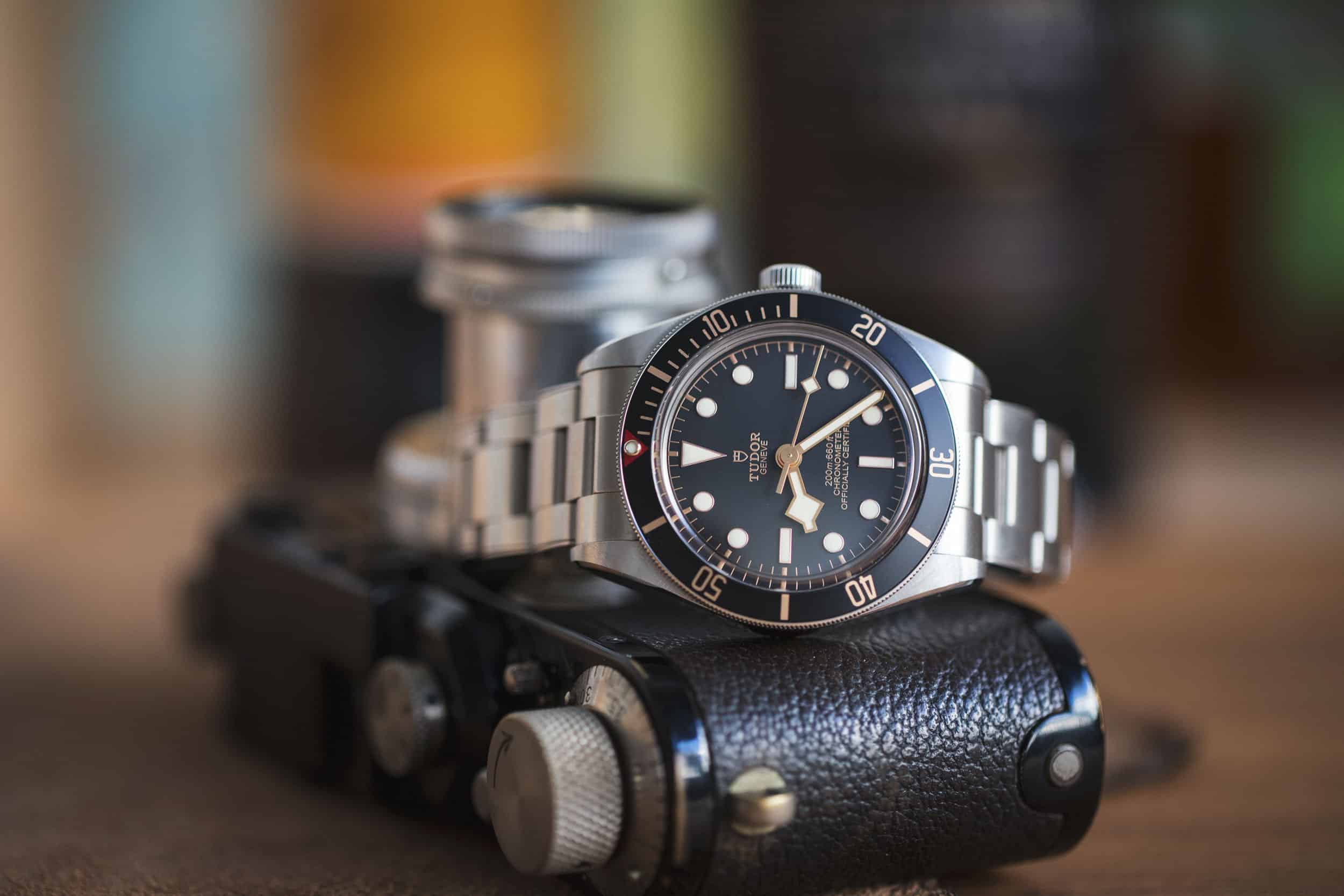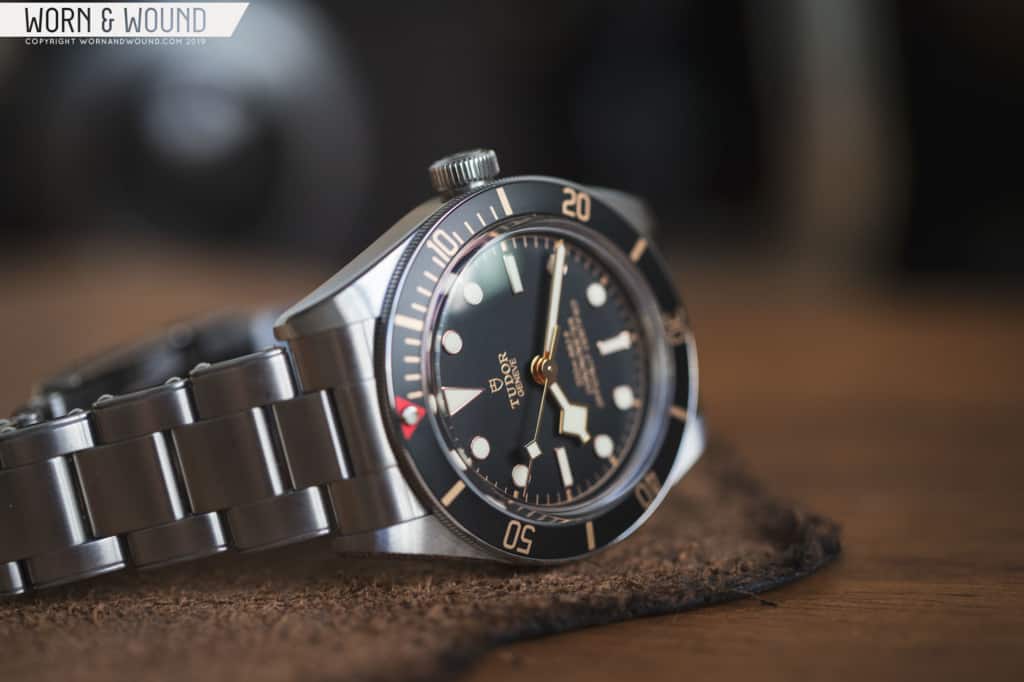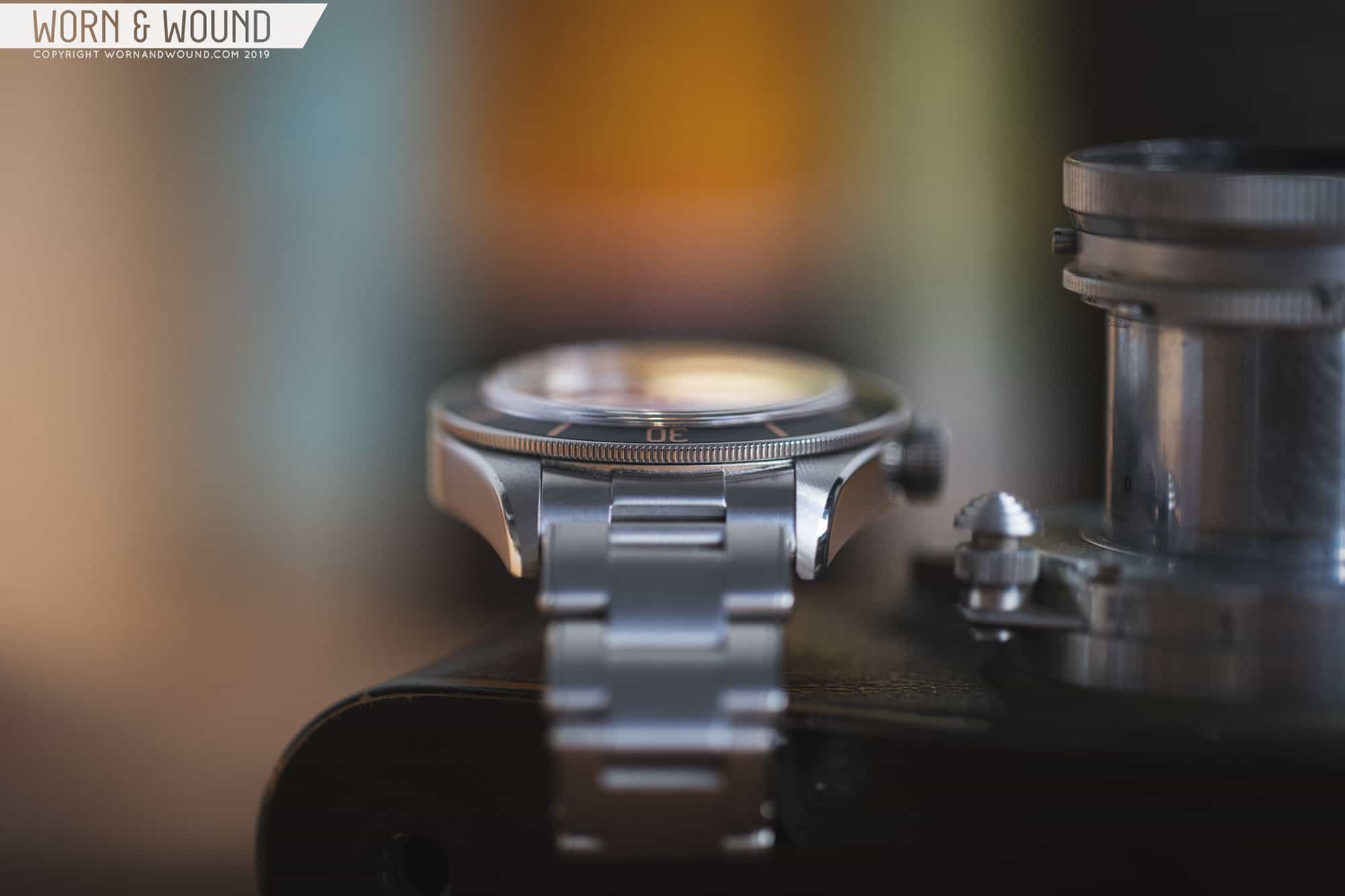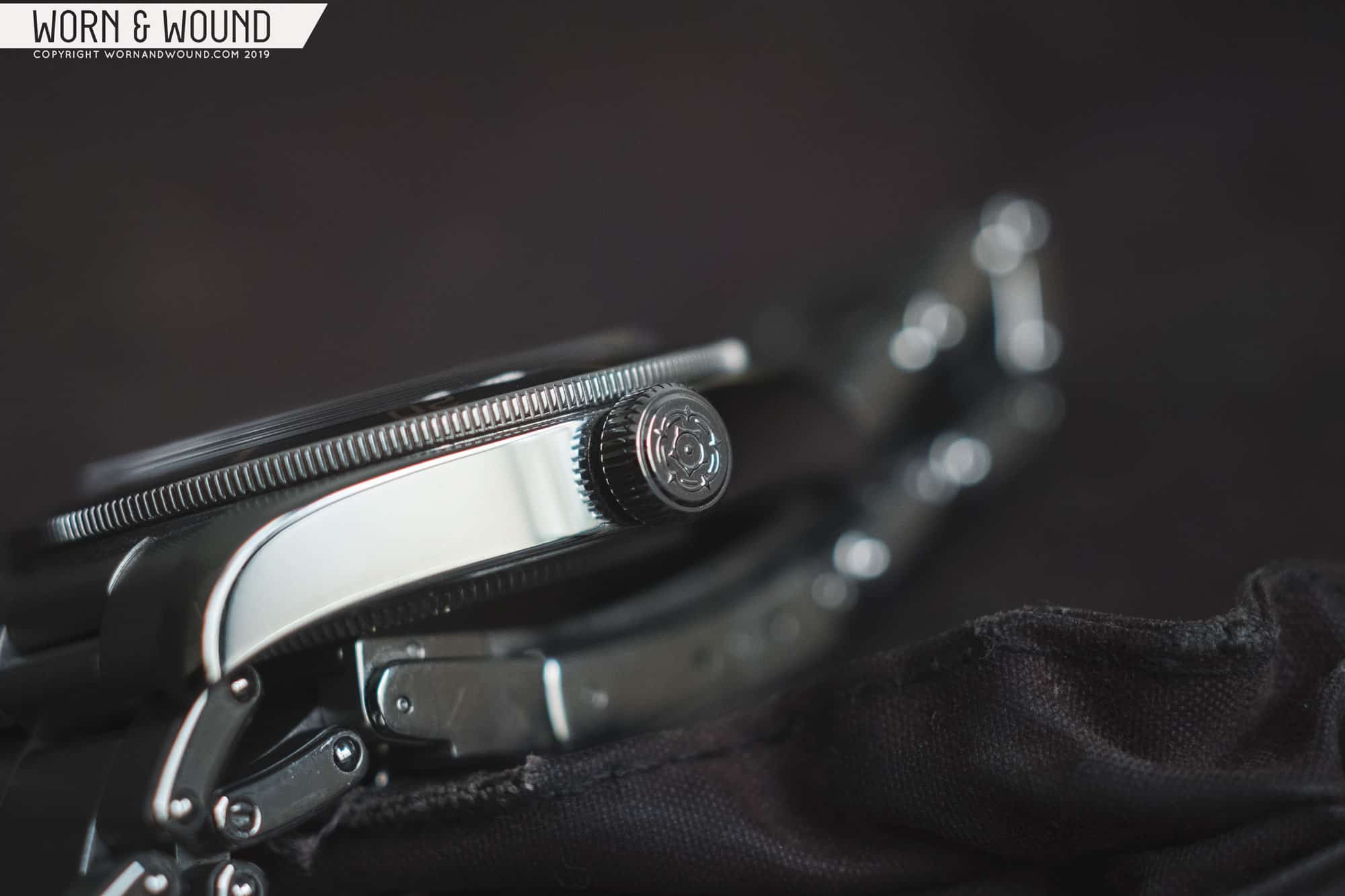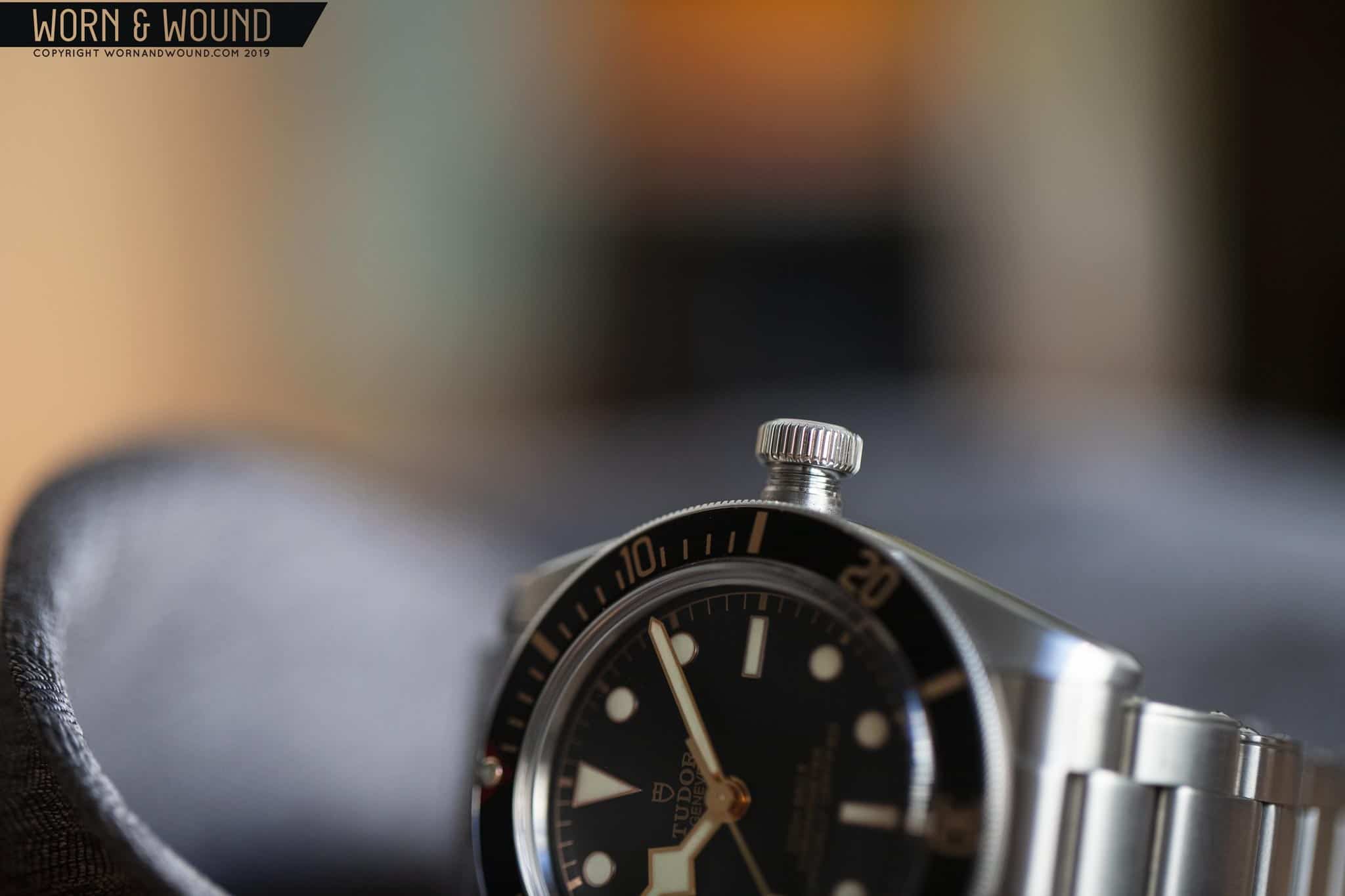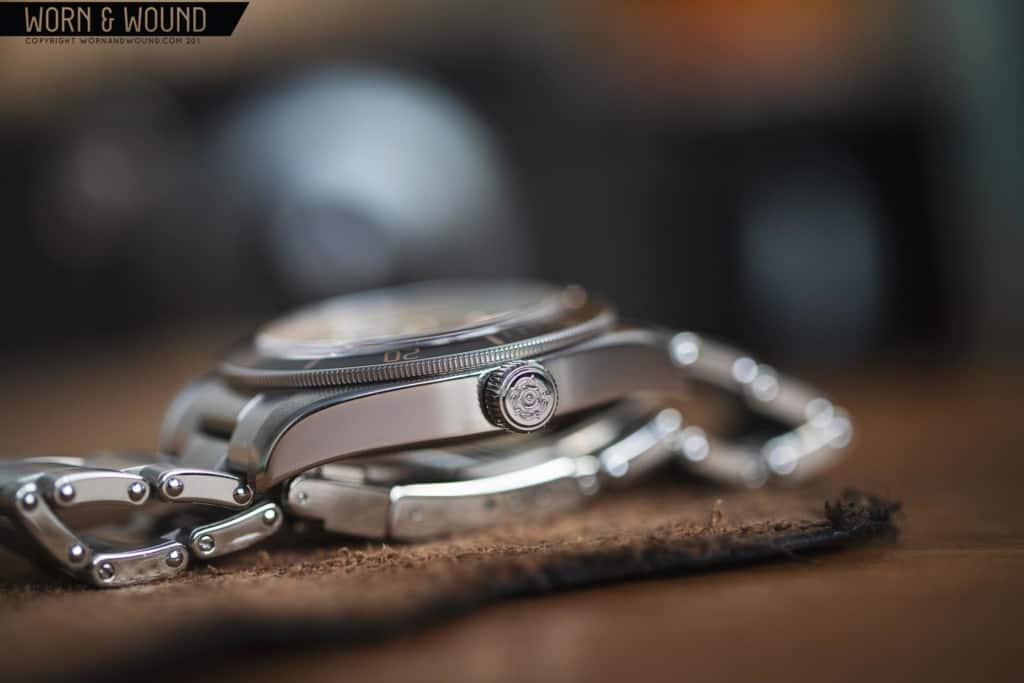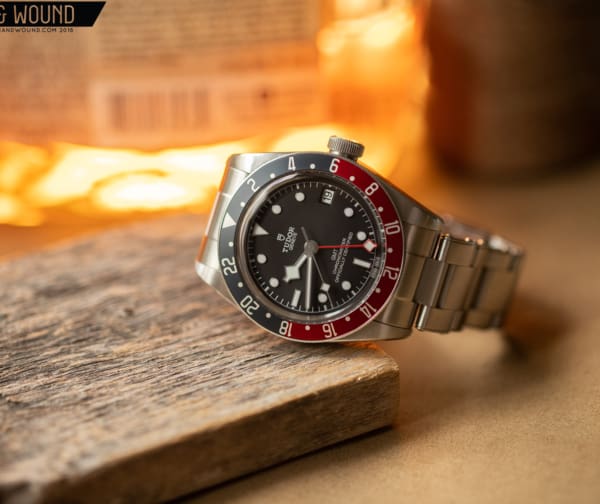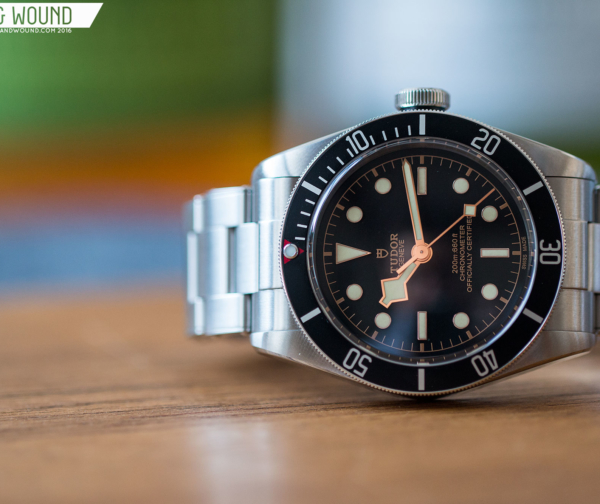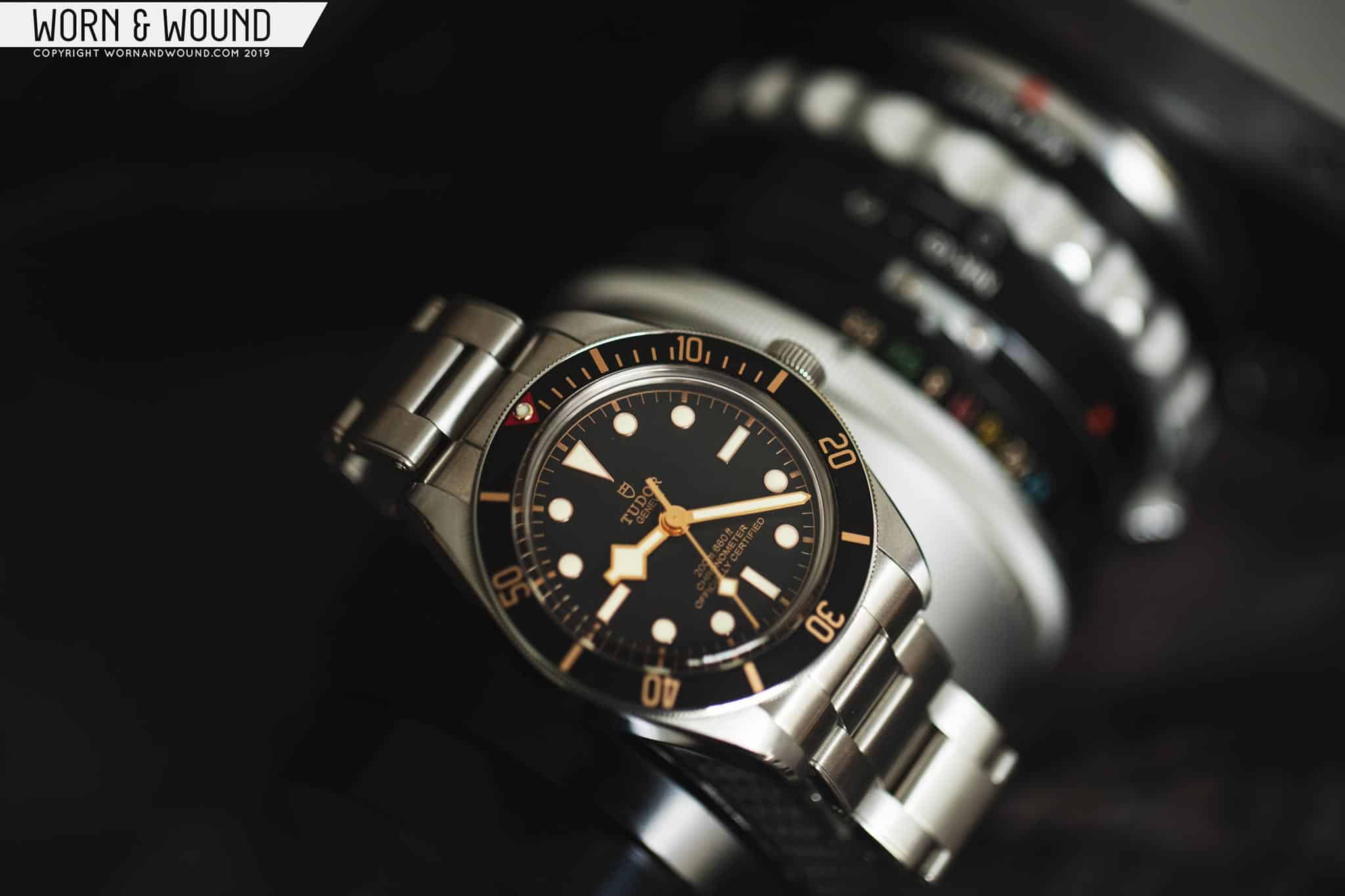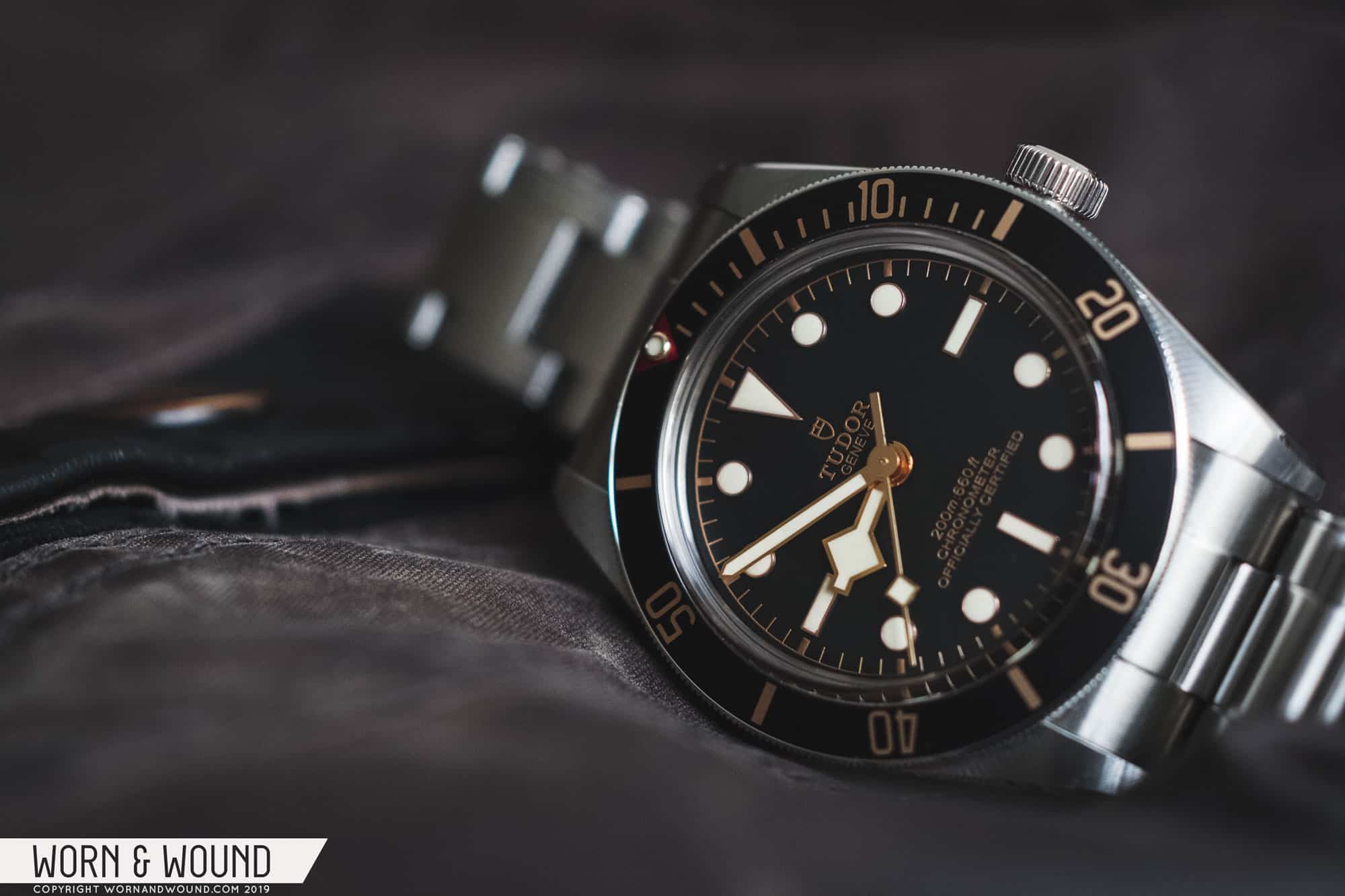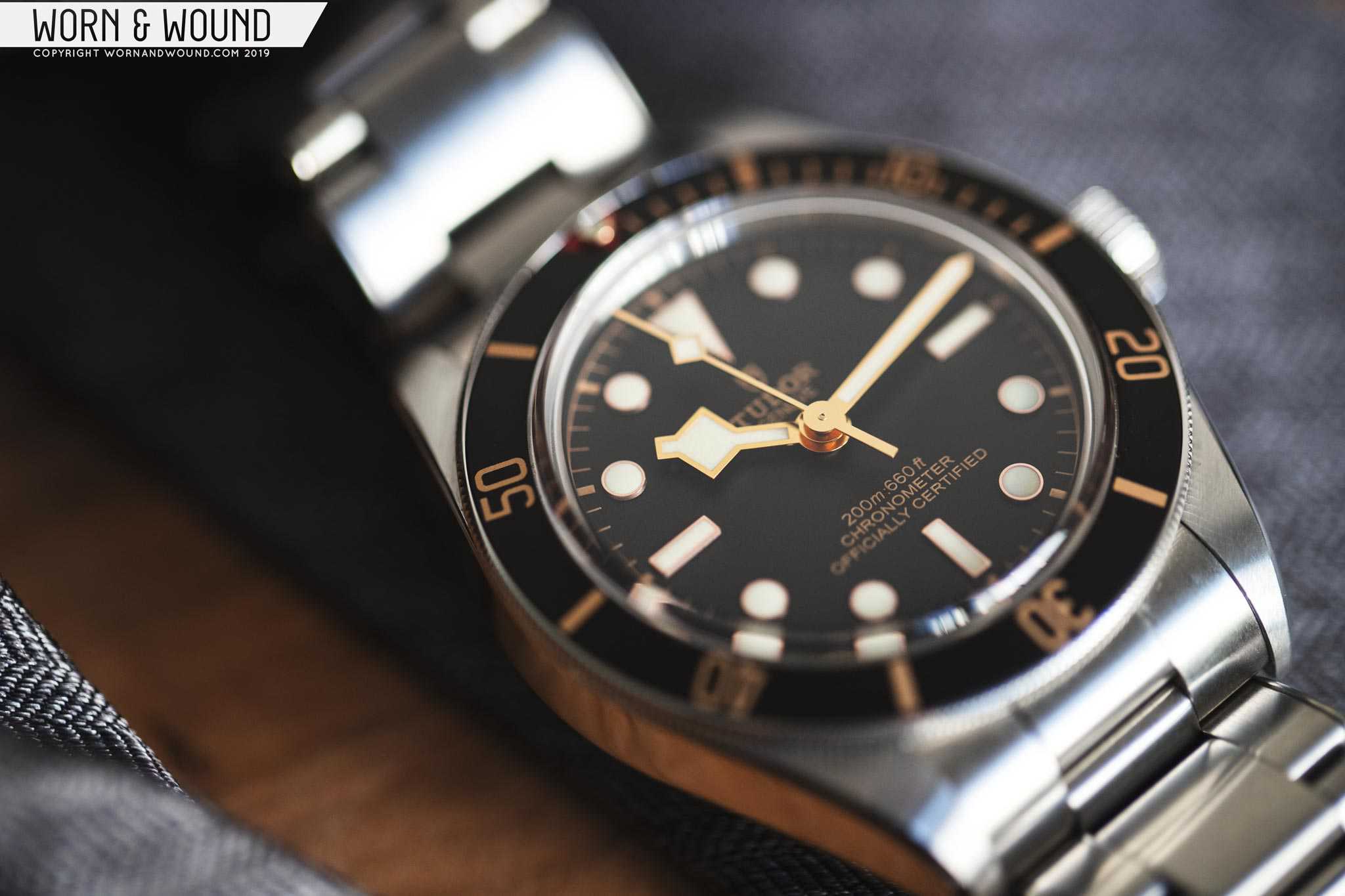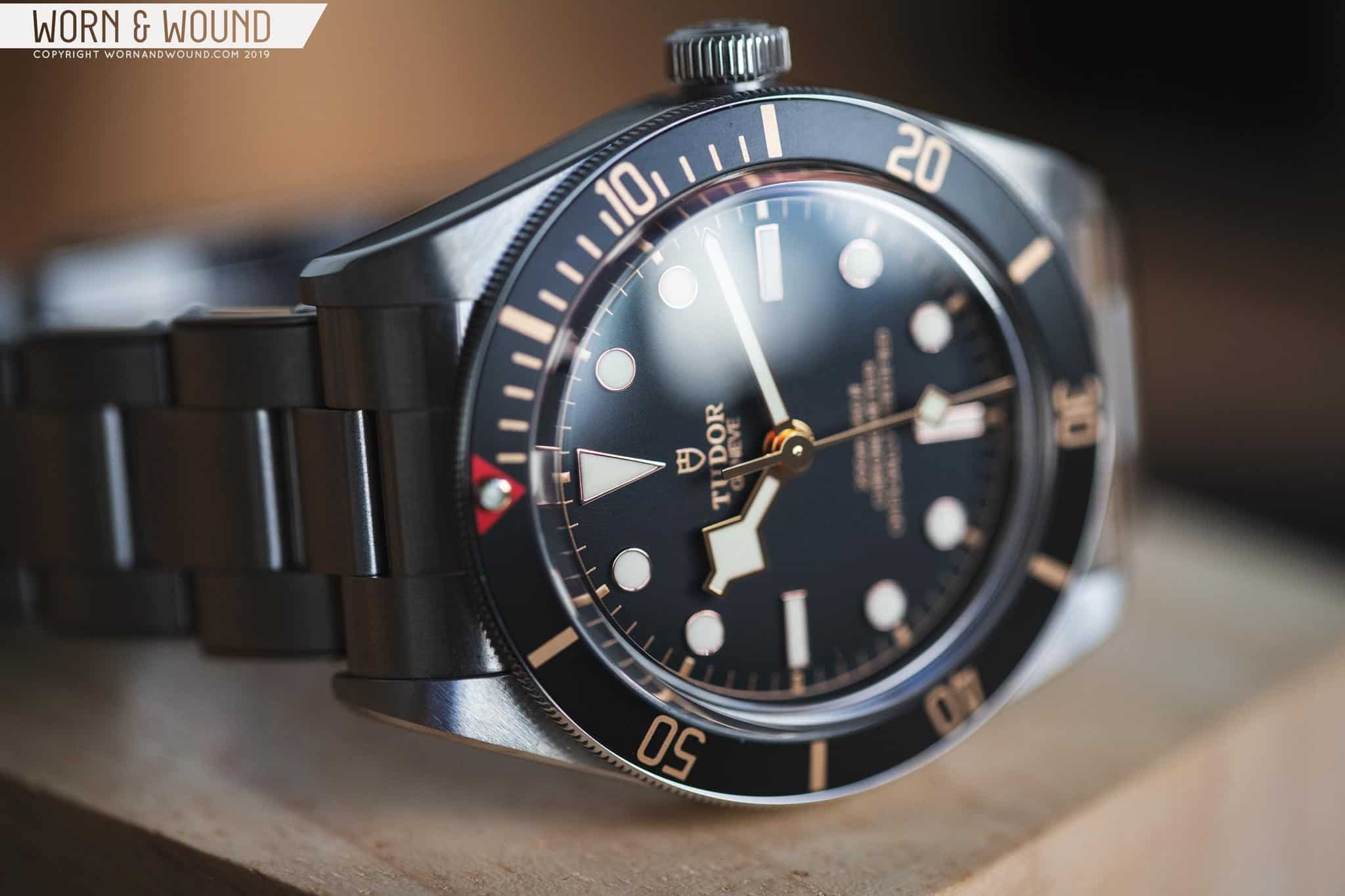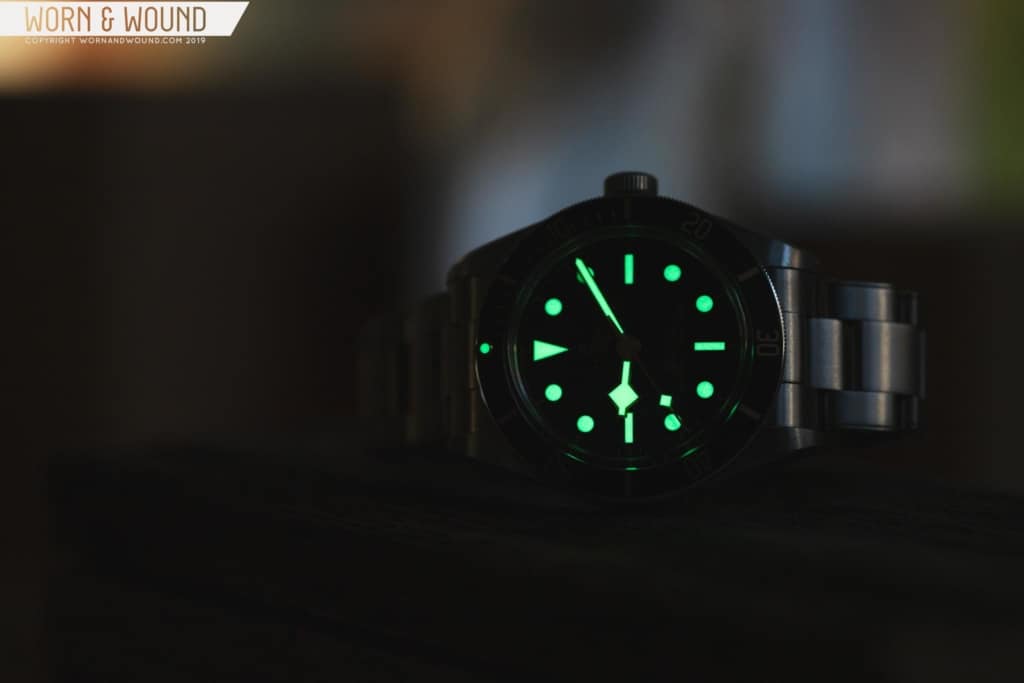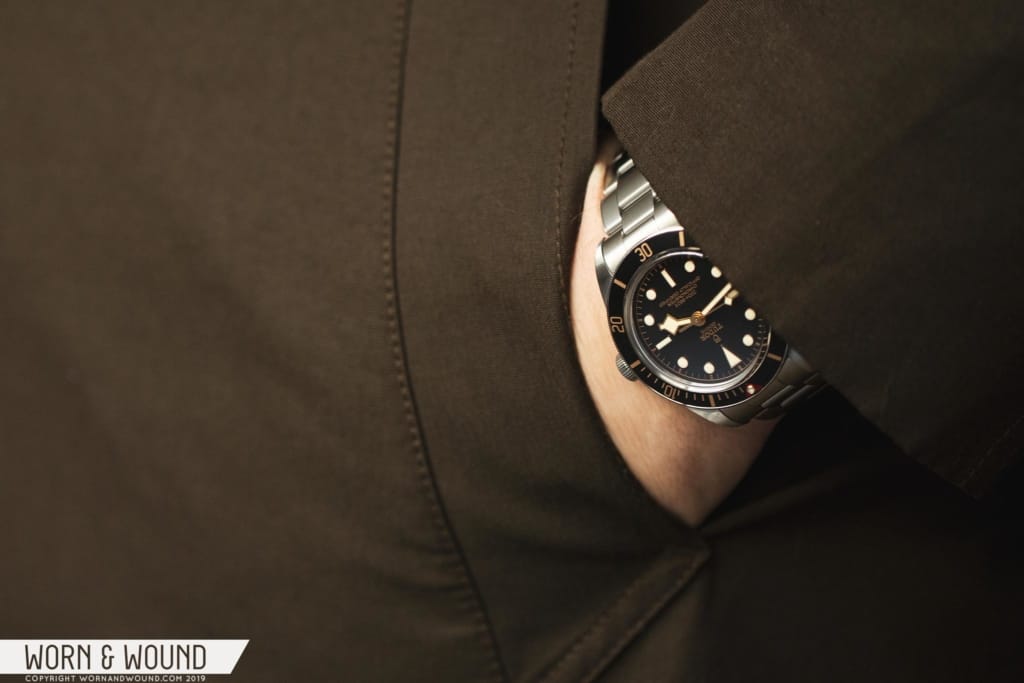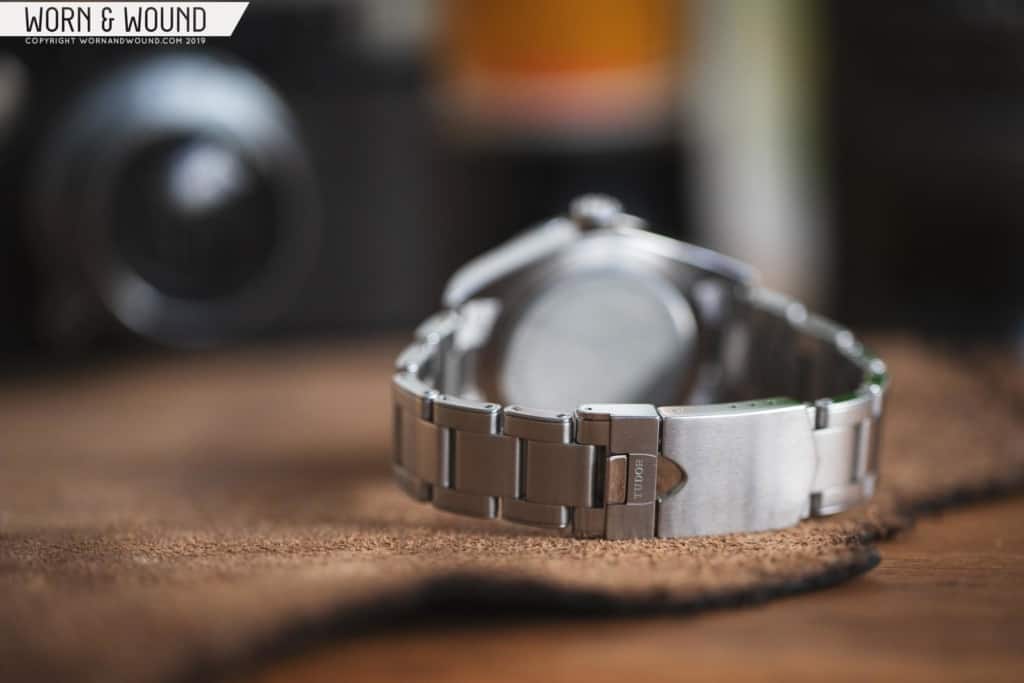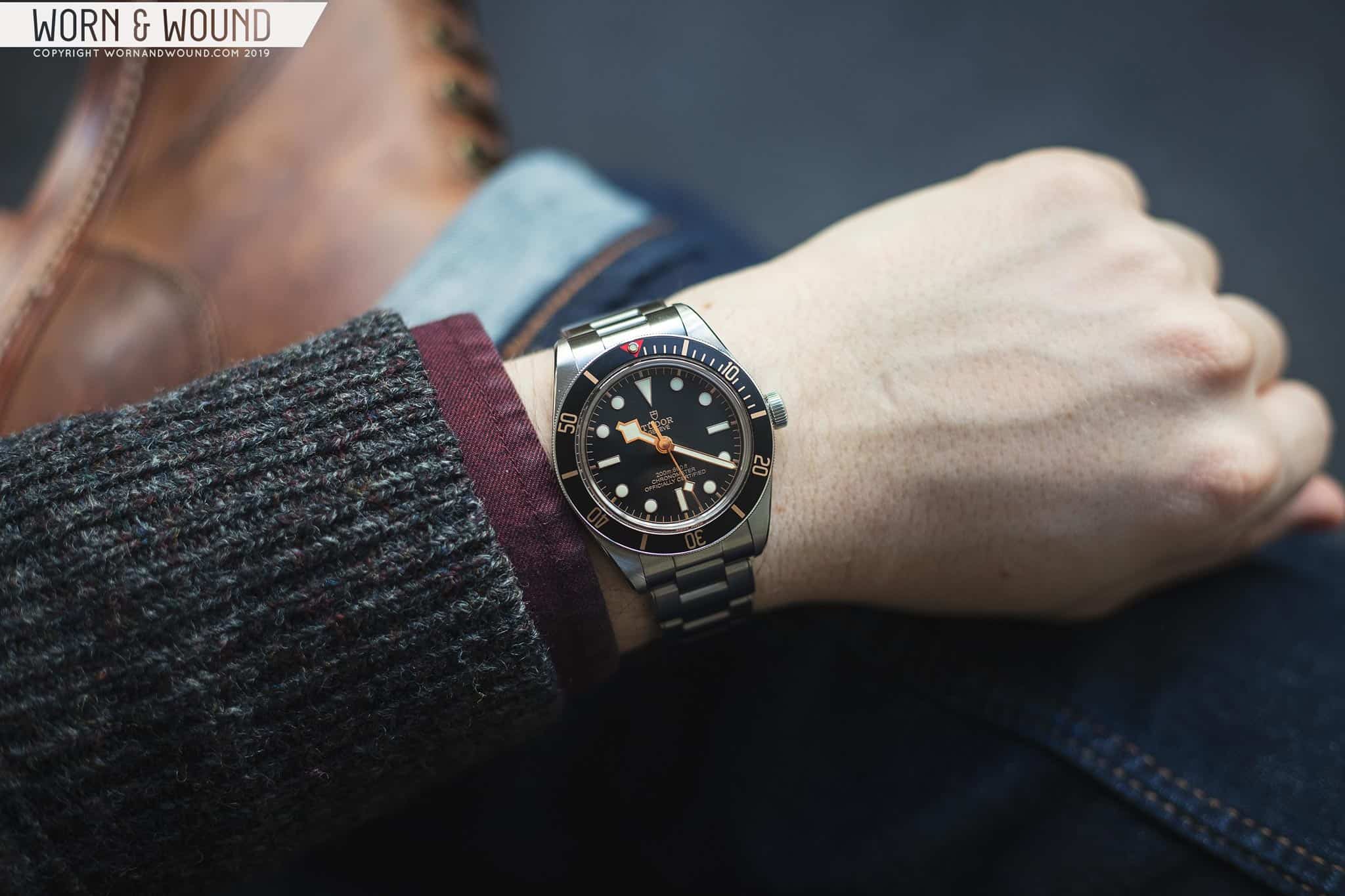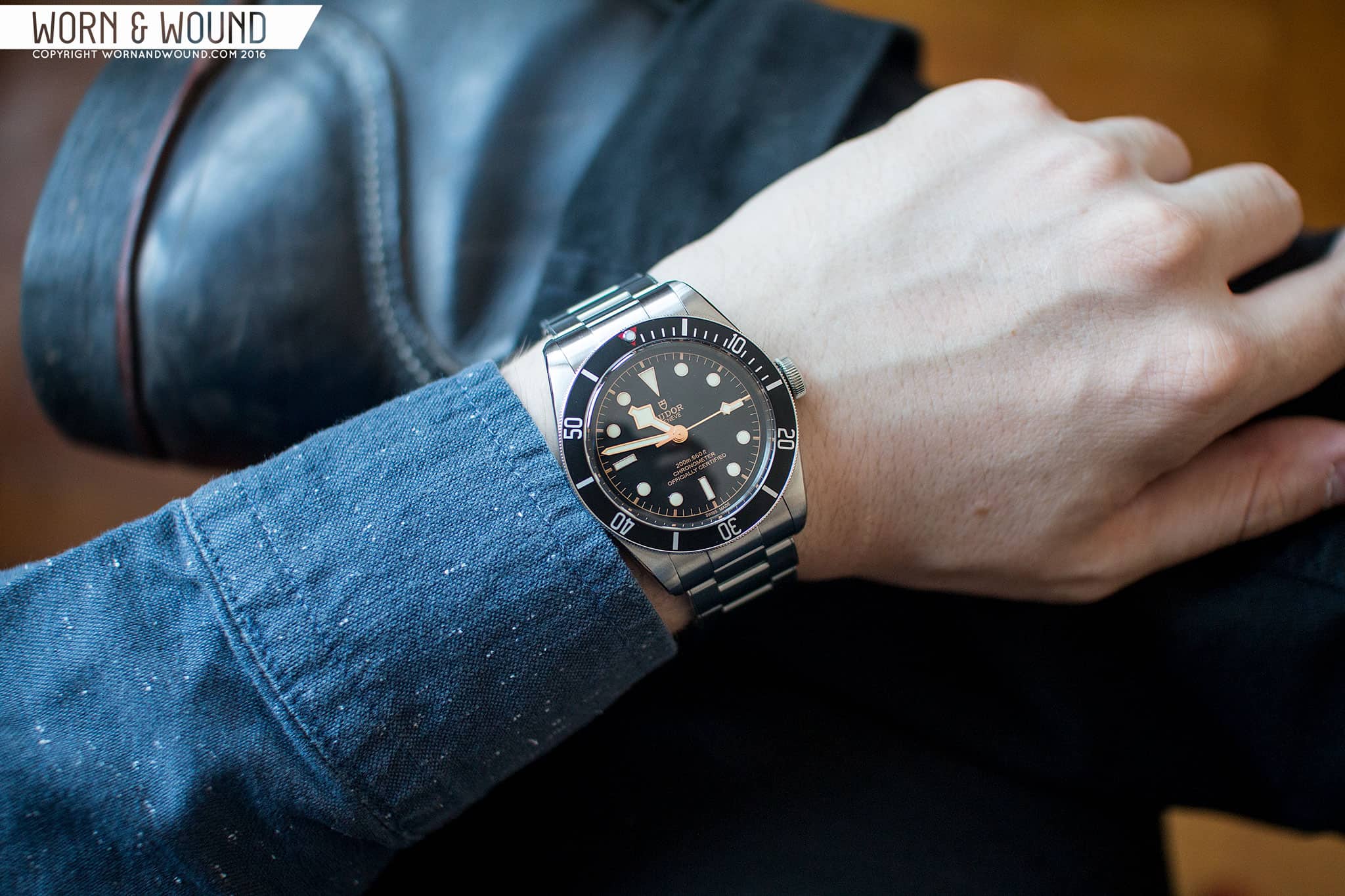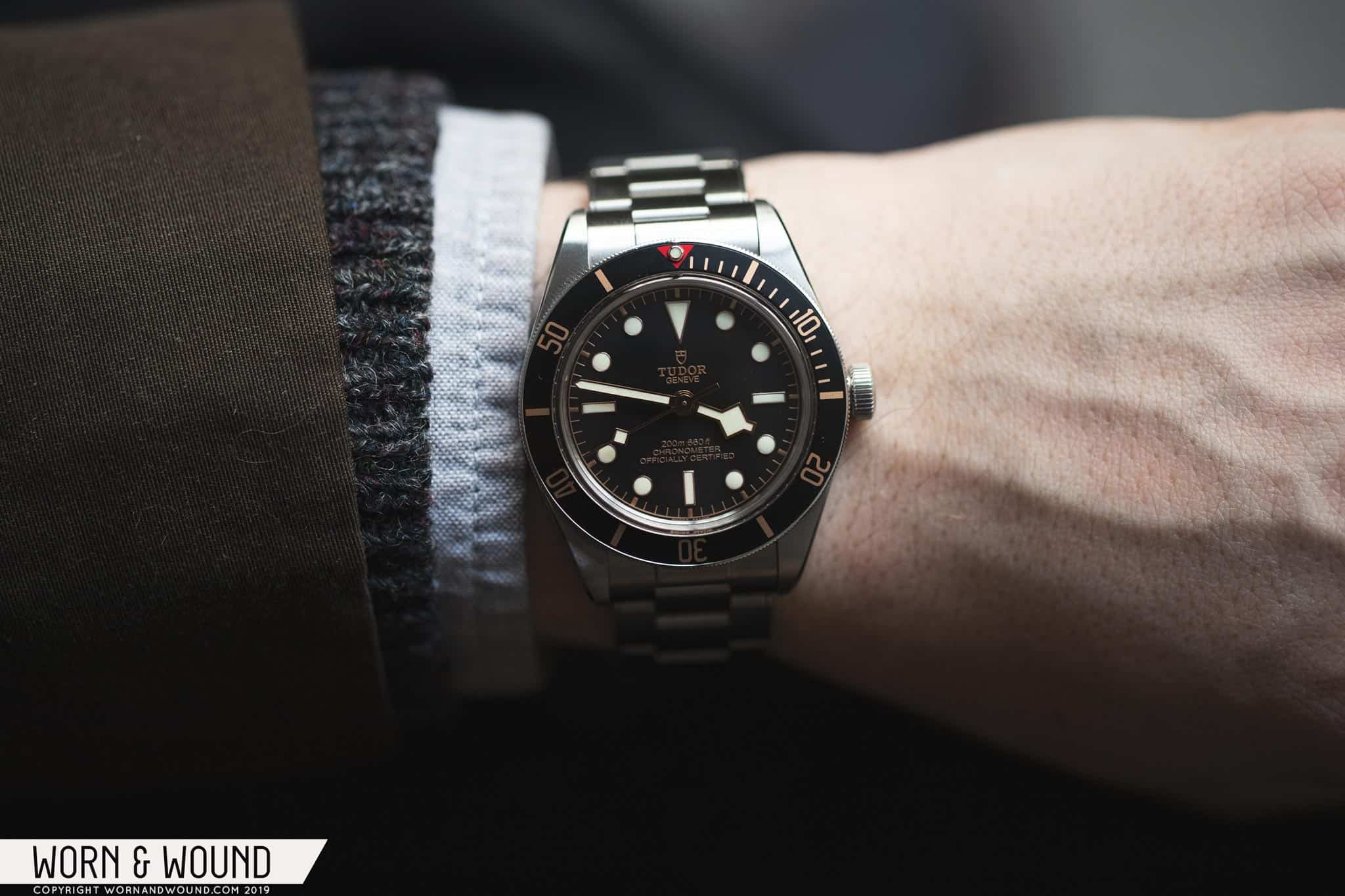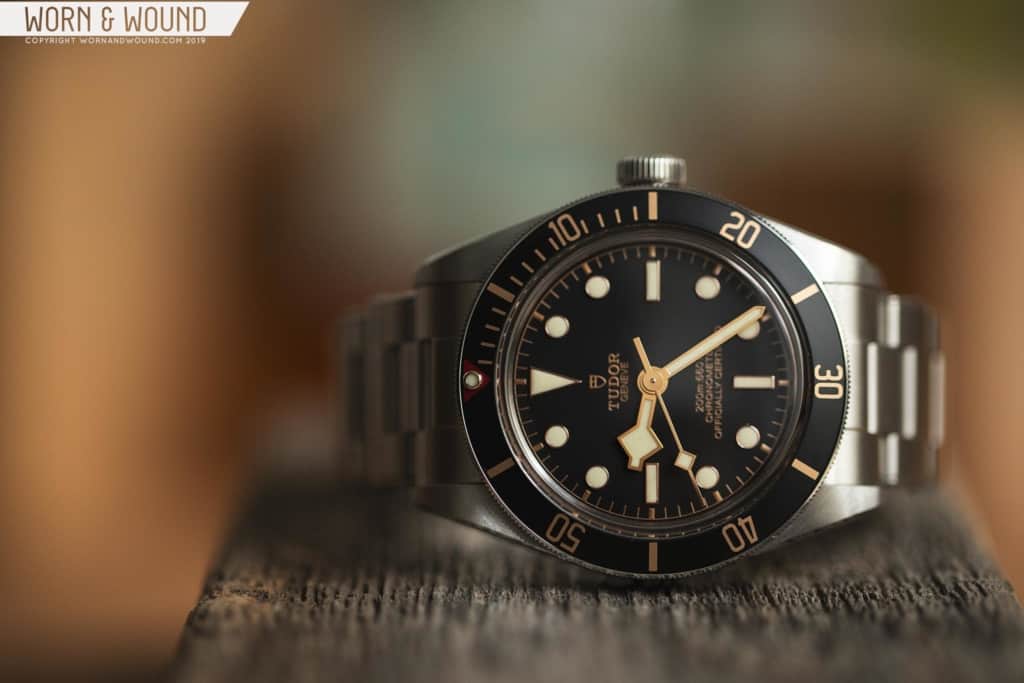Tudor has a knack for taking the spotlight at Baselworld. Over the last few years, the news cycle seems to always start with Tudor — perhaps through a “leaked” teaser or a pre-Basel party on the eve of the show — and then it comes back to Tudor when blogs, such as yours truly, publish wrap-ups, round-ups and best-ofs for the event. 2018 was no different — in fact, it may have been Tudor’s strongest year yet.
The first wave of news to hit was that Tudor had launched a GMT Black Bay (read our review here). It was a logical next step for the brand and the Black Bay line. And then came the second wave. The rumors sounded wrong at first — almost like they were too good to be true. Could Tudor really have released a 39-millimeter Black Bay with a bezel? Sure, they had already done smaller, non-bezel varieties, but to make a smaller, bezeled Black Bay seemed unlikely. I mean, at that point wouldn’t it be nearly at vintage Submariner proportions? And if they did make it, then what movement would they use? Surely not an in-house movement, I thought. After all, the original Black Bay and Pelagos actually got a touch thicker when they made that switch from ETA to in-house, suggesting that Tudor’s movements are fairly sizable. I concluded that the rumors were wrong.
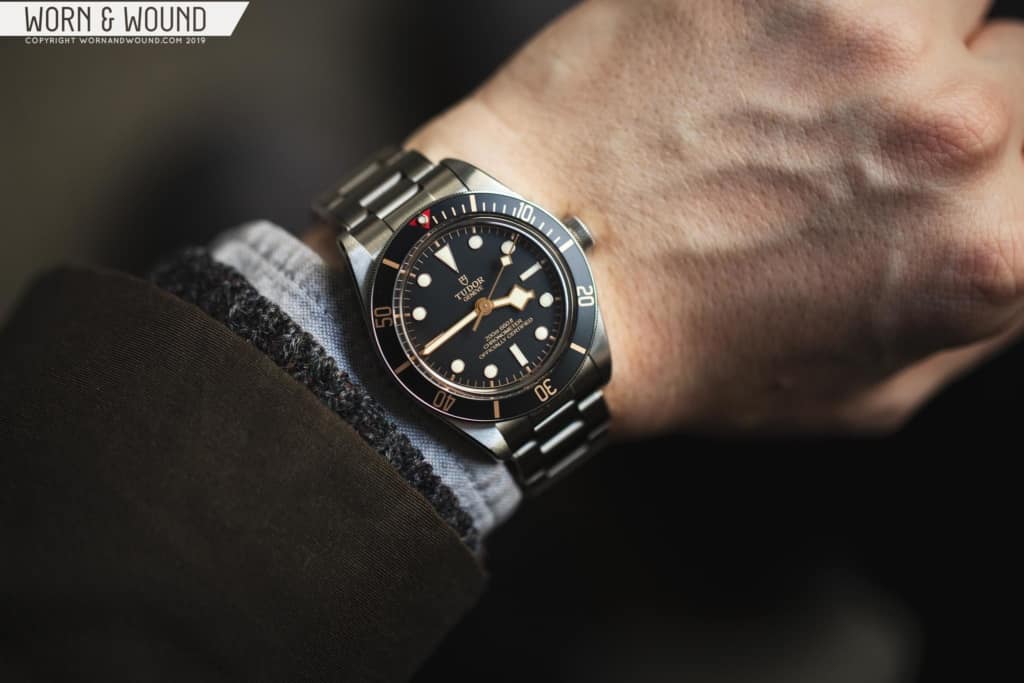
And then, much to my pleasant surprise, I was the wrong one. The new watch, dubbed the Black Bay Fifty-Eight, was very much real, and it was really just 39 millimeters in diameter with a new, smaller, in-house caliber. It also came with a more consumer-friendly price tag, costing about $100 less than its older, larger siblings.
While the diameter only shrunk 2 millimeters, the rest of the defining dimensions came down proportionally as well. The lugs went from 22 to 20 millimeters, and the the lug-to-lug went from 50 to 47.75 millimeters, and, perhaps most importantly, the thickness dropped from 14.8 to 11.9 millimeters. The end result is a watch that wears entirely differently and looks more like its vintage forefathers, thus opening the Black Bay line up to an even broader group of enthusiasts and customers. Of course, you’re reading this in 2019, and this is all old news already.
Today, slightly under a year since it was unveiled, but only a few months after it first hit shelves, we’re giving the watch a proper review. Is this the Black Bay of our dreams? Is it the everyman’s and woman’s Submariner? A Sub for a new age and a new generation? Can this help us get over our collective disappointment at having not bought a vintage Tudor Sub back when they were more reasonably priced? Let’s find out.









 Featured Videos
Featured Videos




